Part of the magic of buying antiques is knowing that an item has been loved and cherished before arriving in your hands. And although, most of the time, we can only imagine the life an object has lived before our ownership, some items come complete with a remarkable history…
Here we’ve picked 6 of our favourite antique objects or pieces of furniture that have sold at auction or are currently for sale. Each has a unique and interesting past, from a Georgian dinner service used by three prime ministers to a medicine cabinet owned by Nelson’s surgeon.
1
A dinner service used by 3 prime ministers
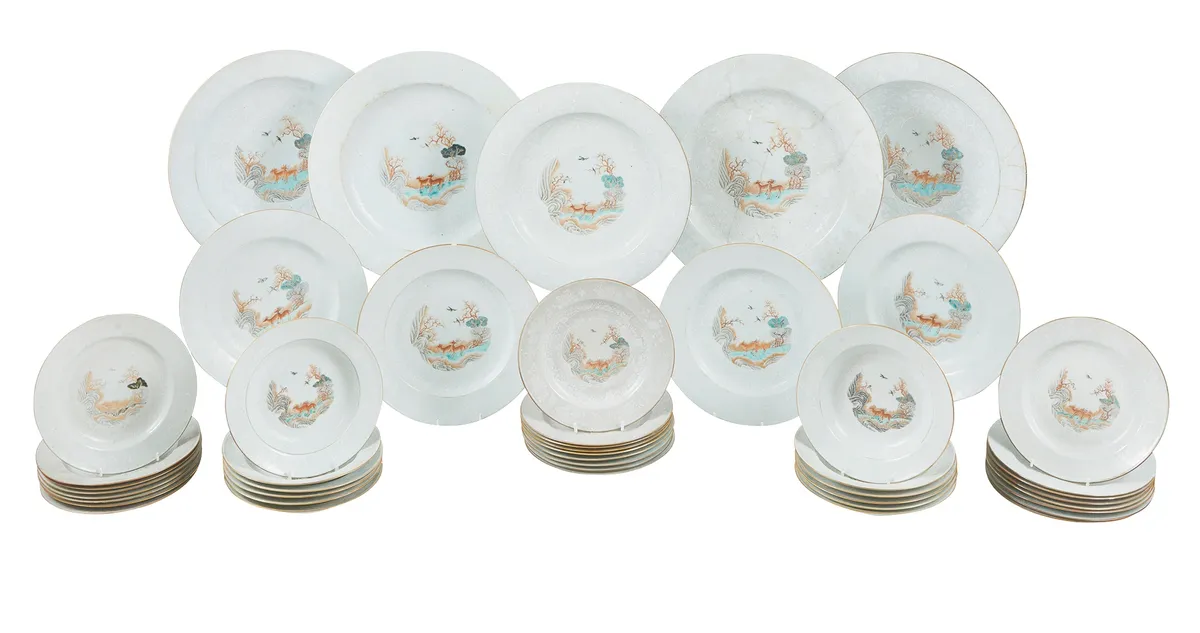
This Qing dynasty dinner service, used by 3 Georgian prime ministers (William Pitt the Elder, Pitt the Younger, and William Wyndham) recently sold at Lyon & Turnbull in its Fine Asian & lslamic Works of Art sale.
The 46-piece famille rose ‘Bianco- Sopra-Bianco’ service was made for the Pitt family, whose home was Boconnoc House in Cornwall. The prized white porcelain, finely decorated in quatrefoil cartouche with deer and birds on a white enamelled scrolling flowers ground, attracted attention around the globe but was finally won by a phone bidder from China who paid £8,750.
If you’re keen to buy some beautiful antique tableware of your own, here’s everything you need to know about buying antique dinner services.
2
A locket containing Lord Byron’s hair
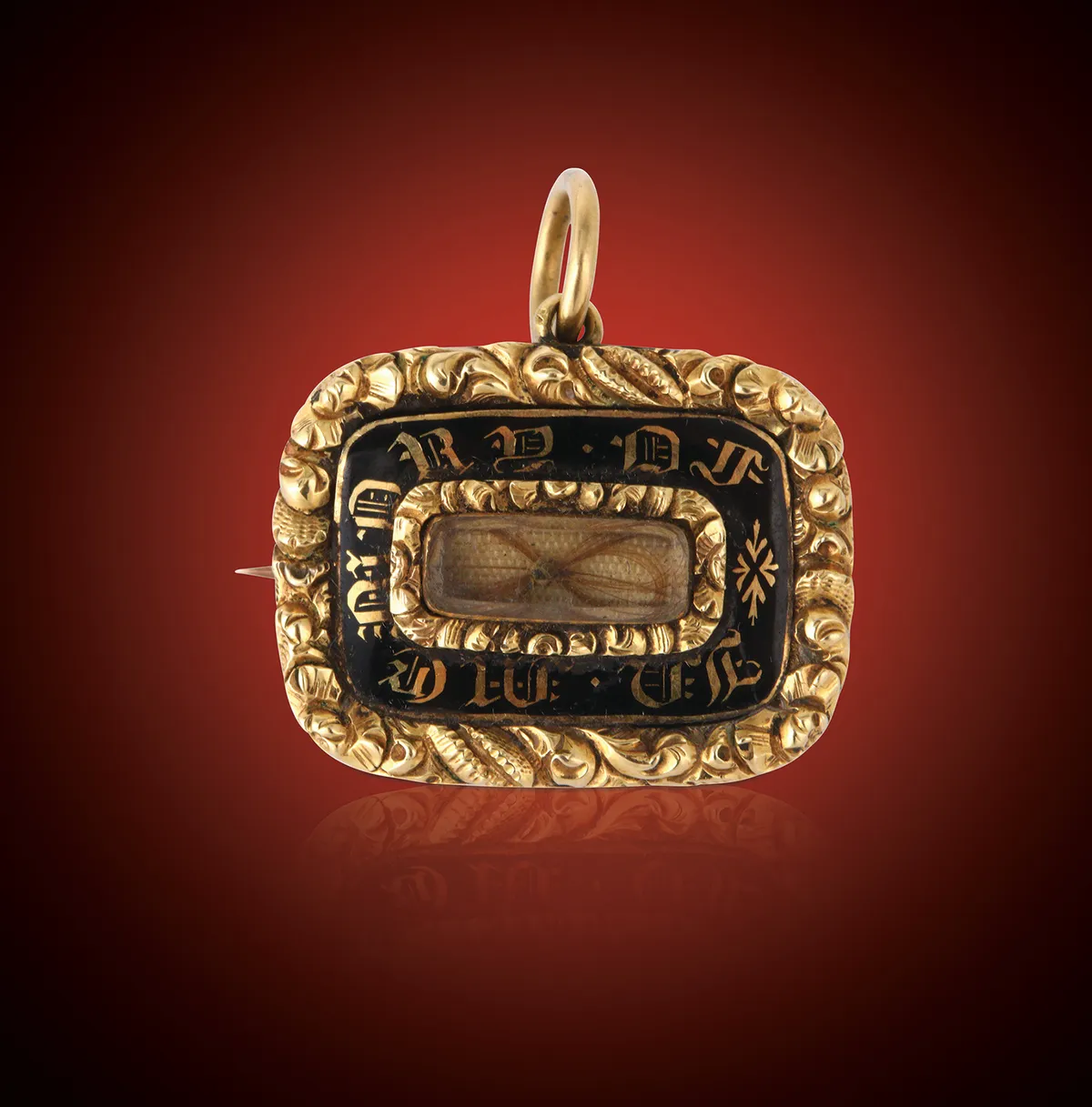
A private collection of ephemera relating to the life of Romantic poet and serial lothario Lord Byron took over £100,000 at Chiswick Auctions earlier this year. Amassed by the owner over three decades, the sale catalogue included a dramatic 19th-century portrait of Byron by Richard Westall, who illustratedChilde Harold’s Pilgrimage, and a pair of c1828 Staffordshire figures of Lord Byron and Teresa Makri, the Greek girl who inspired his poemMaid of Athens. However, the most impressive – and unusual – lot of them all was a gold, enamel and rock crystal mourning locket, preserving a lock of Lord Byron’s hair! It sold for an impressive £18,750, along with 3 medals.
3
Surgeon Beatty’s medicine chest
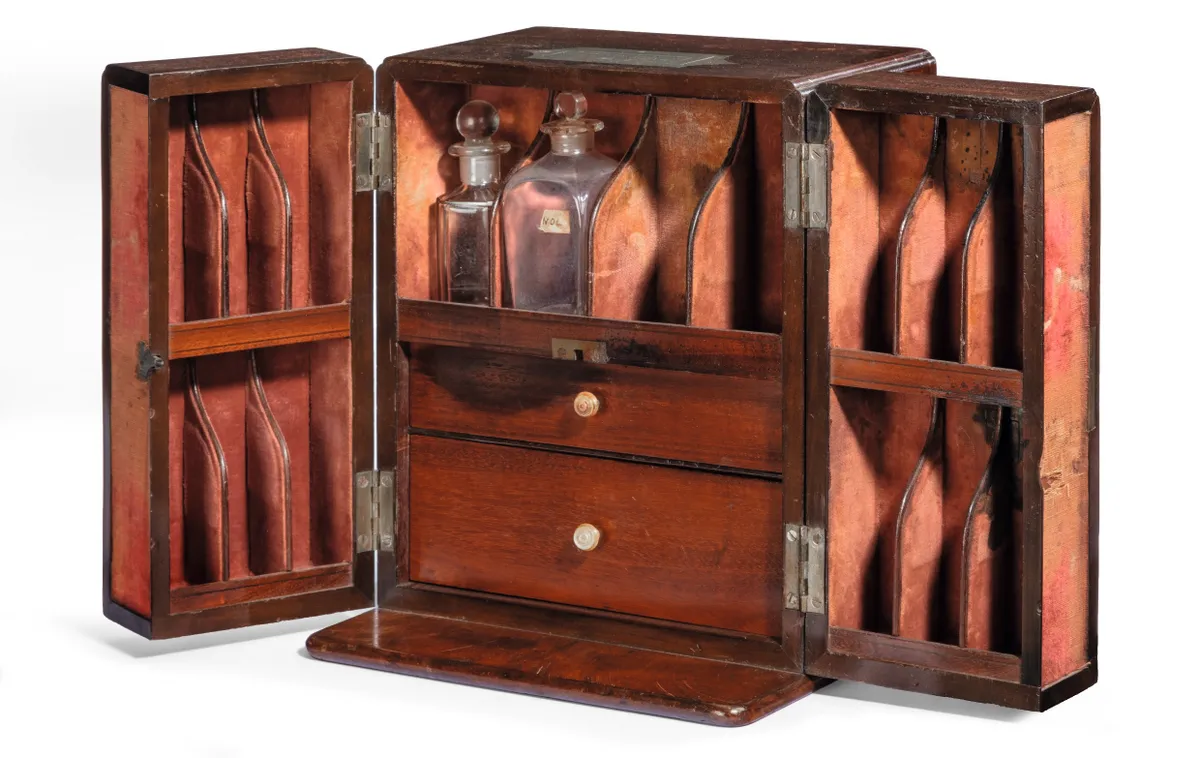
The extraordinary inscribed medicine chest, dating back to 1803, belonged to Irish surgeon William Beatty, who attended to Admiral Lord Nelson during the Battle of Trafalgar. It’s currently for sale for £16,500 via premium online antiques marketplace 2Covet.
The cabinet itself is rectangular in form and houses rows of bottle racks and drawers, plus a secret sliding panel on the back which conceals further storage. On the top is a brass plaque inscribed with ‘William Beatty Warranted Surgeon RN 1803’. Beatty was appointed navel surgeon to HMS Victory in 1804, and is famous for attending to Nelson after he was mortally wounded during the Battle of Trafalgar. He also performed Nelson’s autopsy onboard the ship.
‘For me, the most exciting part of working with antiques is finding out their provenance,’ says 2Covet director Zara Rowe. ‘I love discovering pieces that have a history – it’s what makes antiques so special.’
4
A medieval brooch found underground
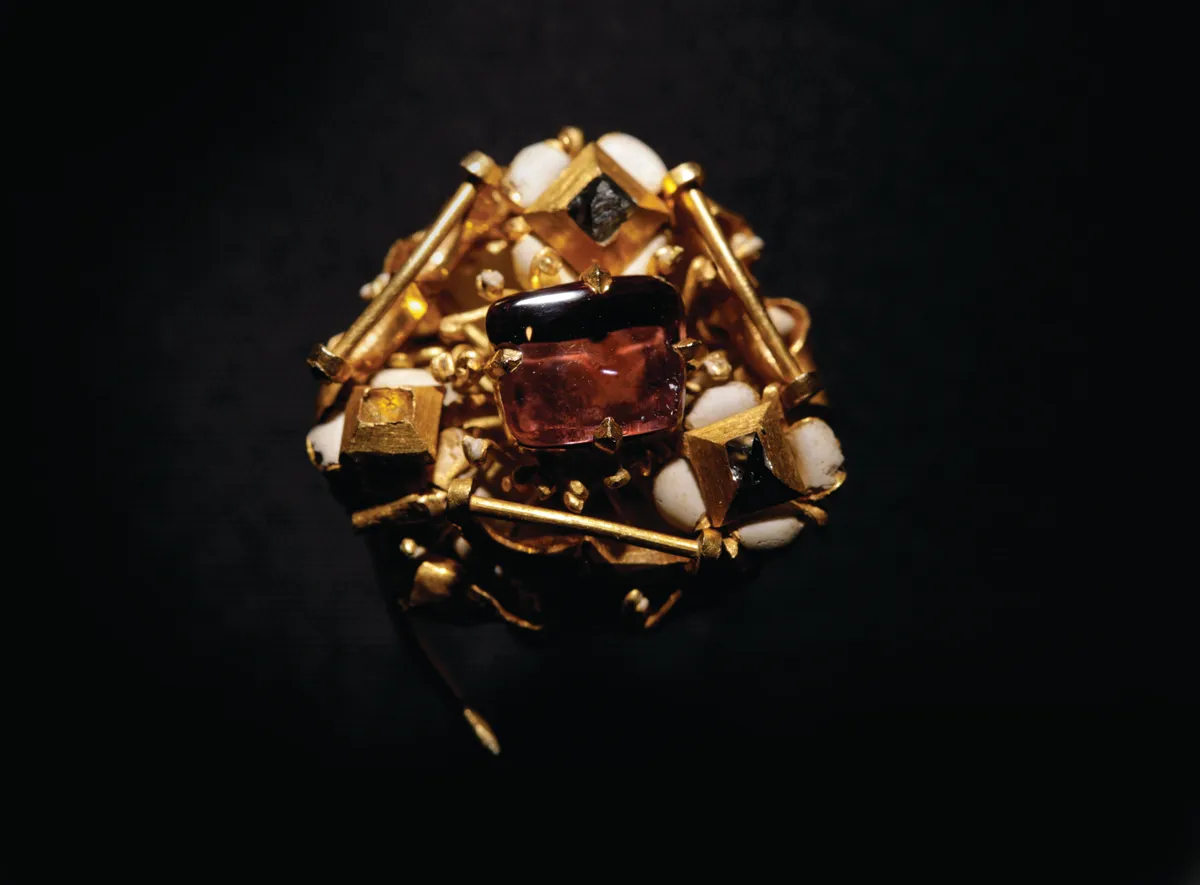
Imagine the moment of sheer ecstasy that Justin Owens, a Northamptonshire metal detectorist, felt when he unearthed this medieval gold brooch in a local field. Now, the diamond-studded piece has been snapped up by the V&A Museum, to be displayed in its prestigious jewellery gallery, alongside Queen Victoria’s diamond coronet. The brooch, dating from c1400-1450, is the only one of its kind to be found in the UK and had been hidden beneath the ground for some 600 years. The field the piece was found in is a former royal hunting ground, and the damage to the brooch suggests that it was, perhaps, wrenched from the wearer’s cloak during the chase of a particularly frantic hunt.
5
A Charles Cameron chimneypiece
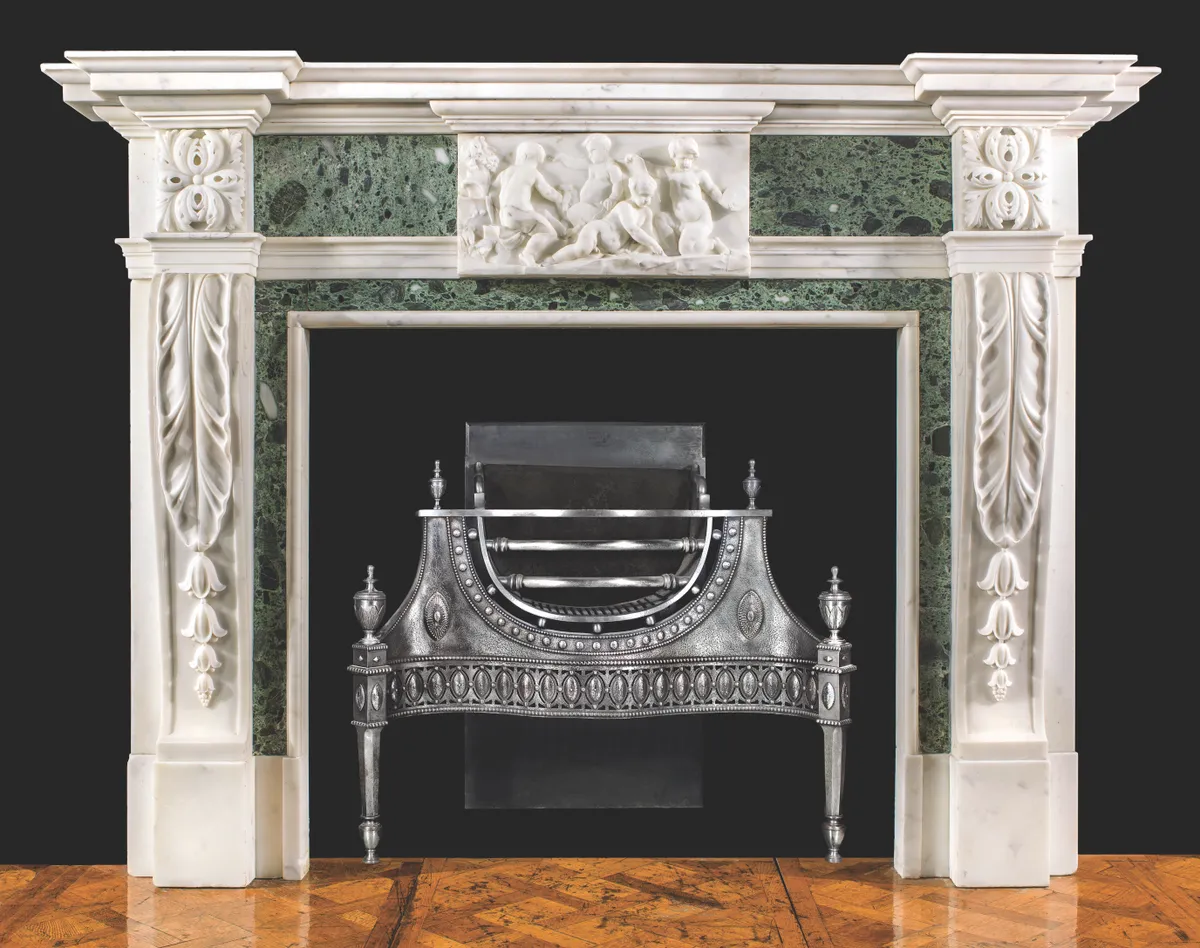
Drawing on both neoclassical and Palladian styles, this exquisite marble chimneypiece, designed by the architect Charles Cameron, is for sale at Westland London for £192,000. Carved by sculptor Thomas Carter, the central putti figures in high relief represent the Arts, Sciences, Knowledge and Industry, and the main piece is flanked by foliate columns.
It caused such a stir, being one of the few salvaged pieces from 15 Hanover Square, London – the only architectural project in the UK with known evidence of Charles Cameron’s involvement. Very little of his work remains in England, as the Scotsman had moved to Russia by 1779 to work as a court architect for Catherine II. Though little is known of why Cameron was invited to go to Russia, there were rumours of an affair with the daughter of acclaimed architect Isaac Ware, which could have caused him to leave the country in disgrace…
To create your own period-style fireplace, check out our guide to fireplaces and stoves.
6
A miniature Brontë book
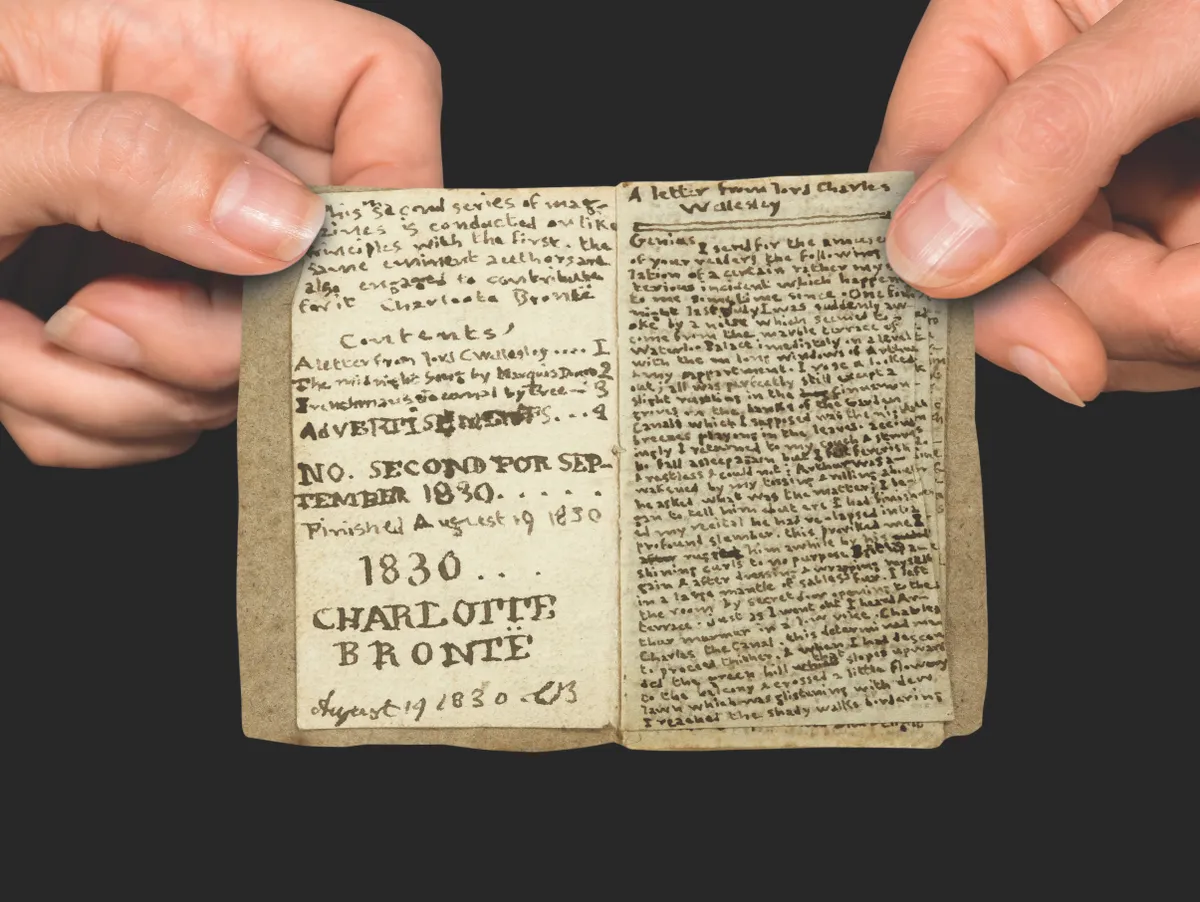
Written for the toy soldiers that the young Brontës used to play with, Charlotte’s ‘little book’, entitled The Young Men’s Magazine, Volume 2, was one of six miniature manuscripts she created when she was just 14. The book is one of five that are known to have survived out of the six that Charlotte penned, and will now join the other four at the Brontë Parsonage Museum. Measuring 35 × 61mm, it was handwritten in tiny characters aimed to replicate print, and regaled tales of an imaginary West African settlement named Glass Town. The diminutive work came up for auction at Drouot in Paris in November and was snapped up by The Brontë Society for €600,000 (£512,000) after they ran a public fundraising campaign to help them ensure it was brought back to Haworth in Yorkshire.
For more inspiration for your next antique acquisition, visit 2covet.com!
